From wax seals to rare photographs, the National Trust Archives hold decades of untold stories, revealing the fabric of our state’s past.
By Michelle Bateman, Editor, The National Trust (NSW) Magazine
There aren’t too many places where original photographs by celebrated Australian photographer Max Dupain coexist alongside audio recordings of artist and musician Reg Mombassa of Mental As Anything fame, while centuries-old parchment maps and rare architectural books once owned by the firm Spain and Cosh sit just metres away. These are just a few of the tens of thousands of unique historic records housed in the National Trust Archives. This rich and layered repository weaves together stories of heritage from across the state, capturing many of its significant places, moments and events.
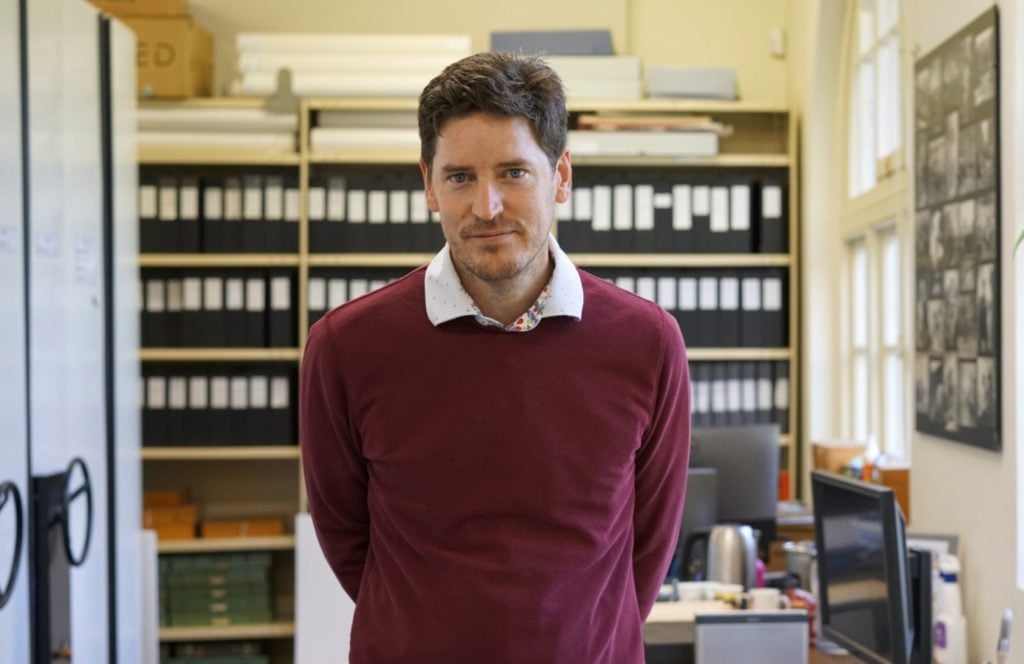
The archives have been amassed since the 1920s, originally by the Tree Lovers’ Civic League, before being transferred to the National Trust by its founding member, the conservationist Annie Wyatt. Thus began one of the archives’ most important functions: to map and store the many thousands of records on the National Trust Register. “We have records from every suburb in New South Wales, identifying items of heritage,” explains Archives and Library Manager James Bosanquet. “There are around 12,000 items on the register that we’ve identified as significant, ranging from trees to sites. These inform the urban conservation maps that all councils now have.” Among the records are the stories of the state’s earliest and most notable conservation battles, including the NSW Builders Labourers Federation’s ‘green bans’, which saved heritage sites at The Rocks, Glebe, Woolloomooloo and elsewhere from destruction throughout the 1970s.
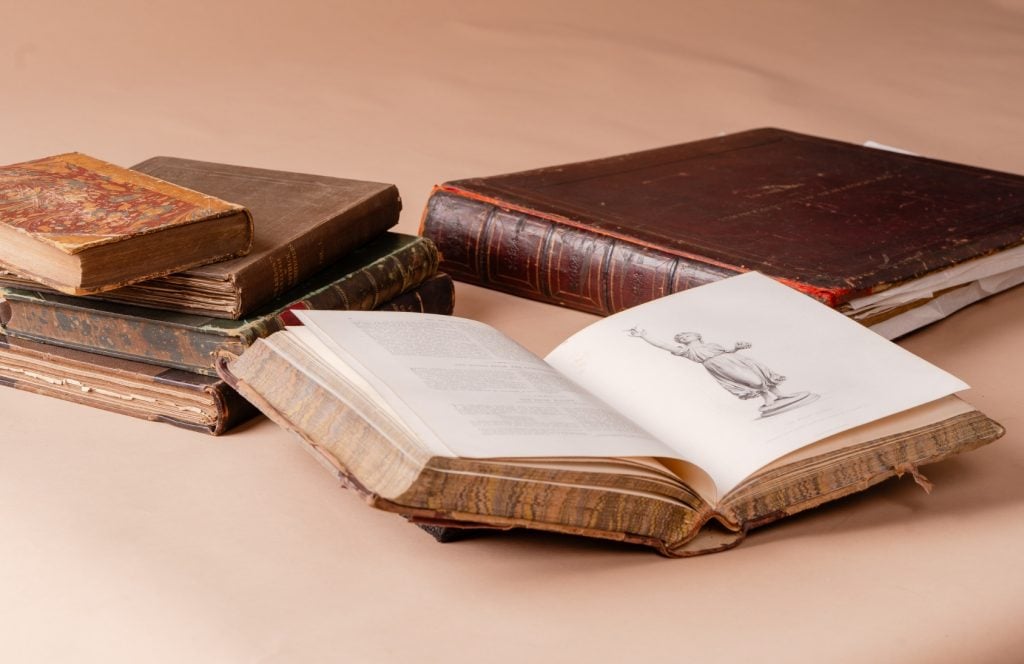
Other items in the archives – such as a photo album produced for the London Fair of 1857 and weighing a staggering 11 kilograms – show an attempt to market Sydney and NSW on the world stage. “It was made to show off the modern buildings and clean-looking streets in Sydney, because Melbourne had been getting a lot of attention after the previous London Fair,” says James.
While some records are significant on a state level, others have a direct connection to the buildings, landscapes and collections in National Trust care, revealing fascinating details that may otherwise have been lost to the vagaries of time. “The archives support the places and the collections because it documents their history,” says James.
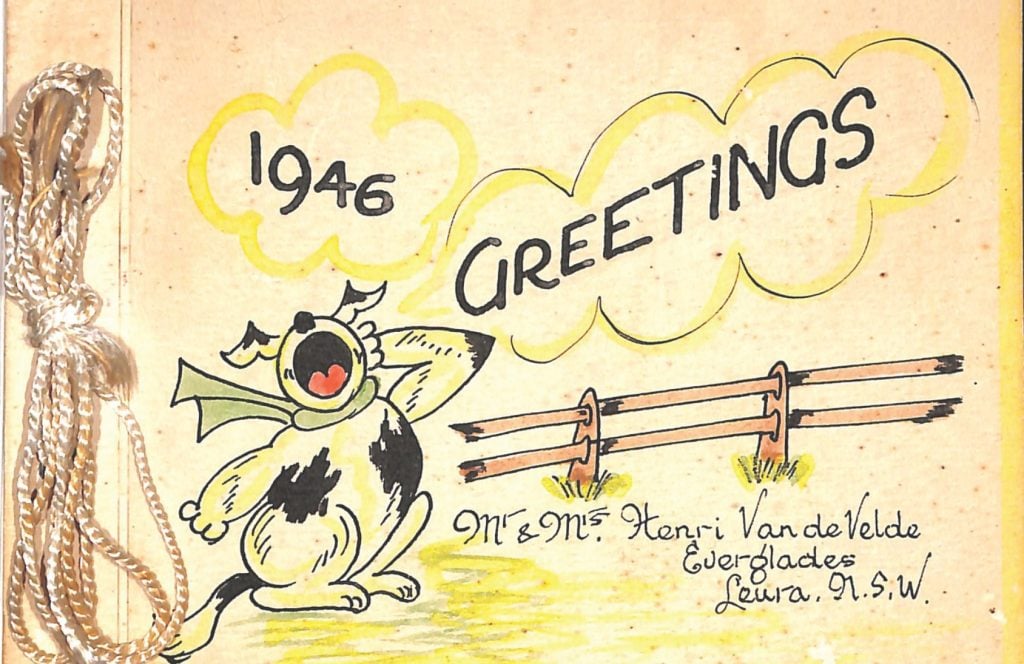
Connecting the dots
Only a very small fraction of the records in the archives have been donated, with the vast majority produced by the National Trust, making them even more rare and unique. “The amazing thing is that a lot of the images and records that we have don’t exist anywhere else. The information that we’re dealing with is only found here,” he adds.
“Today’s stories become tomorrow’s archives.”
– Archives and Library Manager, James Bosanquet
Together with a team of passionate volunteers, James is now working on a major oral histories project. This important initiative will preserve the voices of Australians who have played a meaningful role in heritage conservation, whether through advocacy and policy, as long-standing custodians of significant places or traditions, or through a deep and enduring association with the National Trust. In-depth interviews have been recorded with architects Michael Dysart, Louise Cox and Dr Clive Lucas, artists Reg Mombassa and Peter Kingston, and historical archaeologist Judy Birmingham, among many others.
“These people have been involved in many formative periods of our state’s history – and they have fantastic stories to show for it,” says James. “Leo Schofield shared his memories of the 1970s and 80s in Sydney with his signature wit – he still has the zingers! And Michael Dysart confided many stories that he had never shared before.”
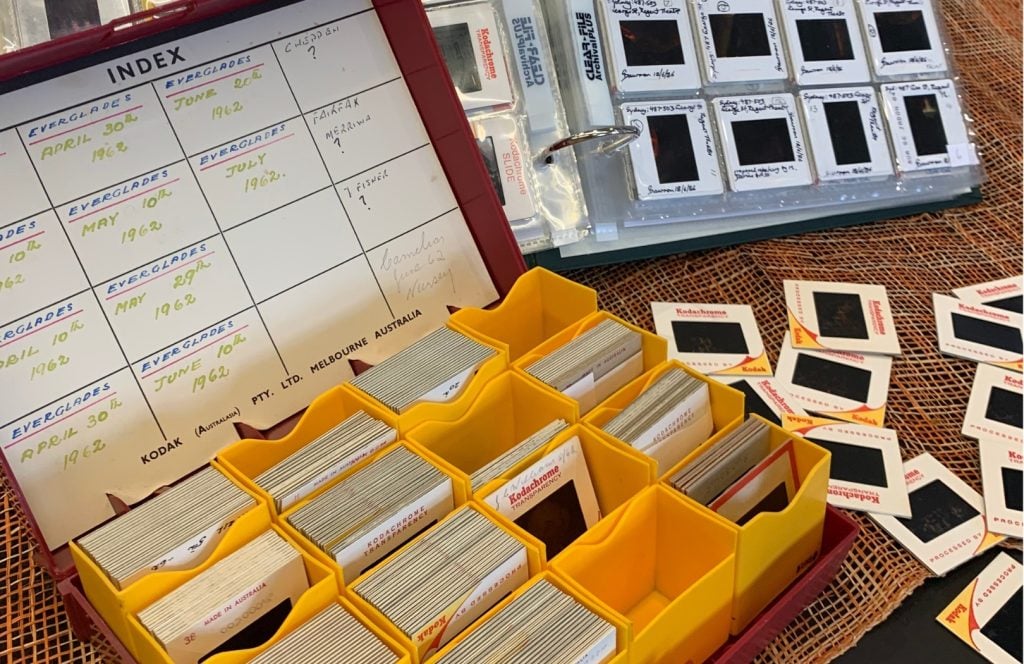
Each individual record is significant on its own, but this is amplified as connections between them emerge. James and the archives’ volunteers have spent countless hours cataloguing the details of every record. This massive undertaking is still ongoing, but already some unexpected connections have been made. As such, the archives have become an incredibly rich resource for the historians, researchers, town planners and journalists who regularly consult it. Equally important, it’s accessible to university students and trainees, allowing them to develop valuable research and archiving skills.
Running against time
James has a saying: today’s stories become tomorrow’s archives. Some of the more recent records chronicle public protests against proposed developments at Callan Park in Rozelle and Willow Grove in Parramatta. If the process of compiling these records is ongoing, so too is the need to maintain, conserve and preserve their riches. And quite often, it’s a race against time.
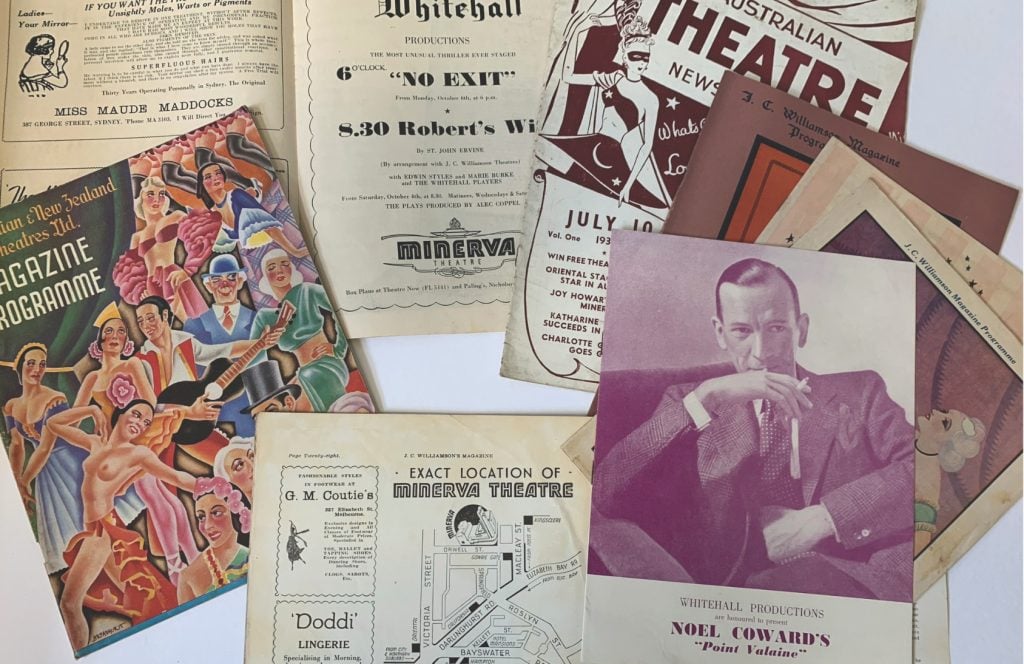
Certain formats such as early 8mm reel-to-reel films are highly susceptible to changes in temperature, heat and humidity. Even those more recent records on cassette or
video tape are at risk of deterioration or of older technologies simply becoming obsolete. “We aim to digitise as much as we can to make it available to people to access, but we’re also running against time with certain formats,” says James.
While digitisation is an important step to improve accessibility and preserve records into the future, James says there’s something indescribably special about being custodian to the original pieces. “There’s a peculiar sense of connection with the past that you get with original objects. You can replicate it a little bit with digital, but it’s not the same. It’s a rare privilege to be able to collect these stories and conserve them for the future.”
Help protect our history
Time is running out for our vulnerable archives. From early photographs and film reels to maps, letters and audio recordings, our state’s story is told through fragile, irreplaceable records. The National Trust Archives house some of the most significant documentary records in the state. Donate to the Archives Appeal today and help us raise $150,000 before 30 December 2025.

 Facebook
Facebook Linkedin
Linkedin Email
Email